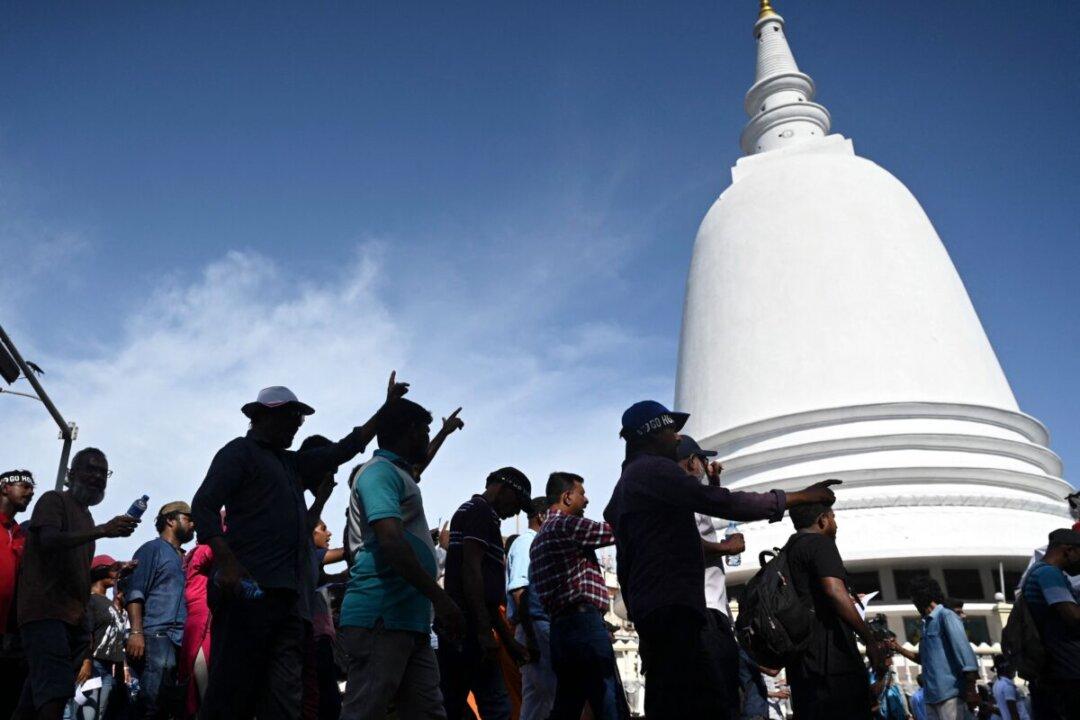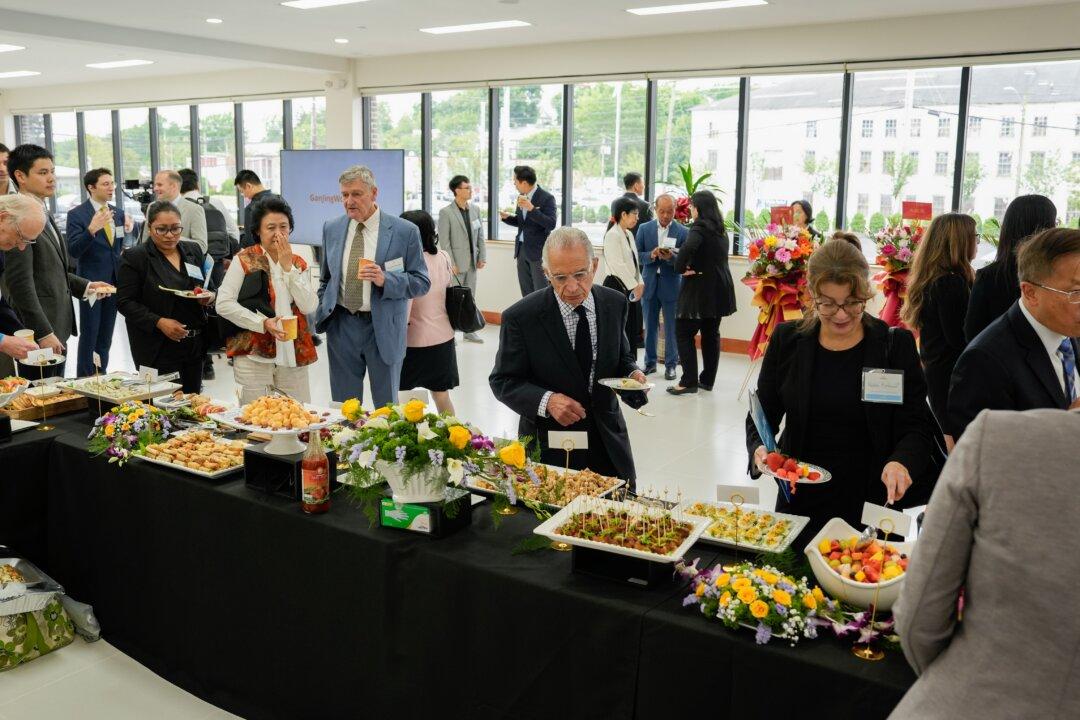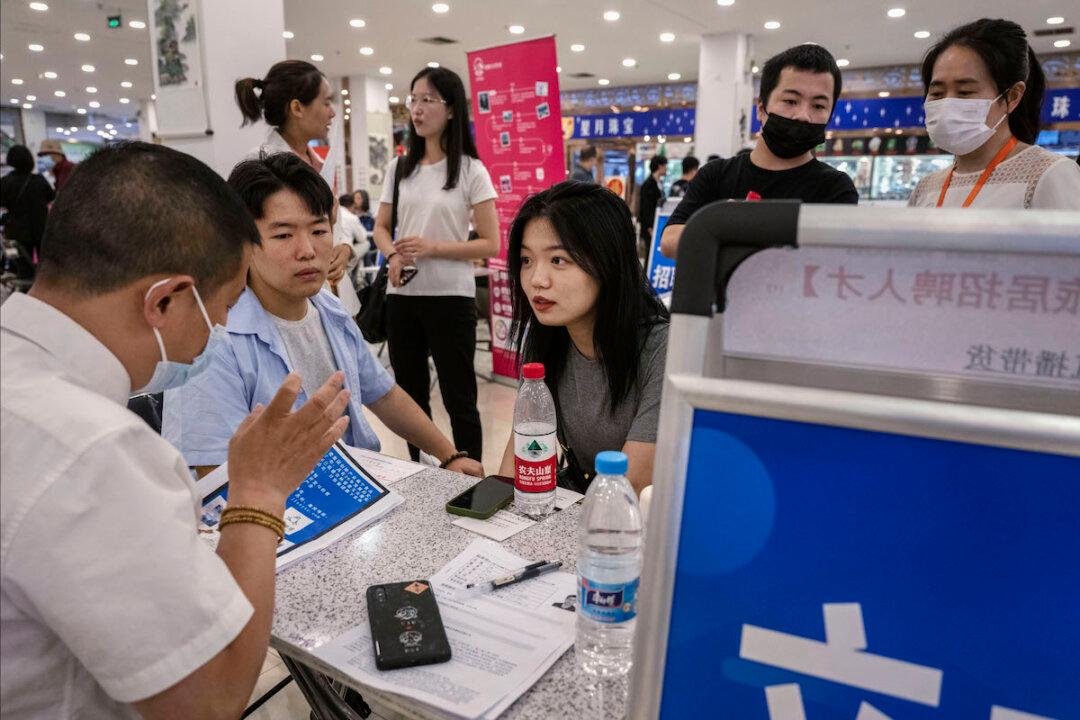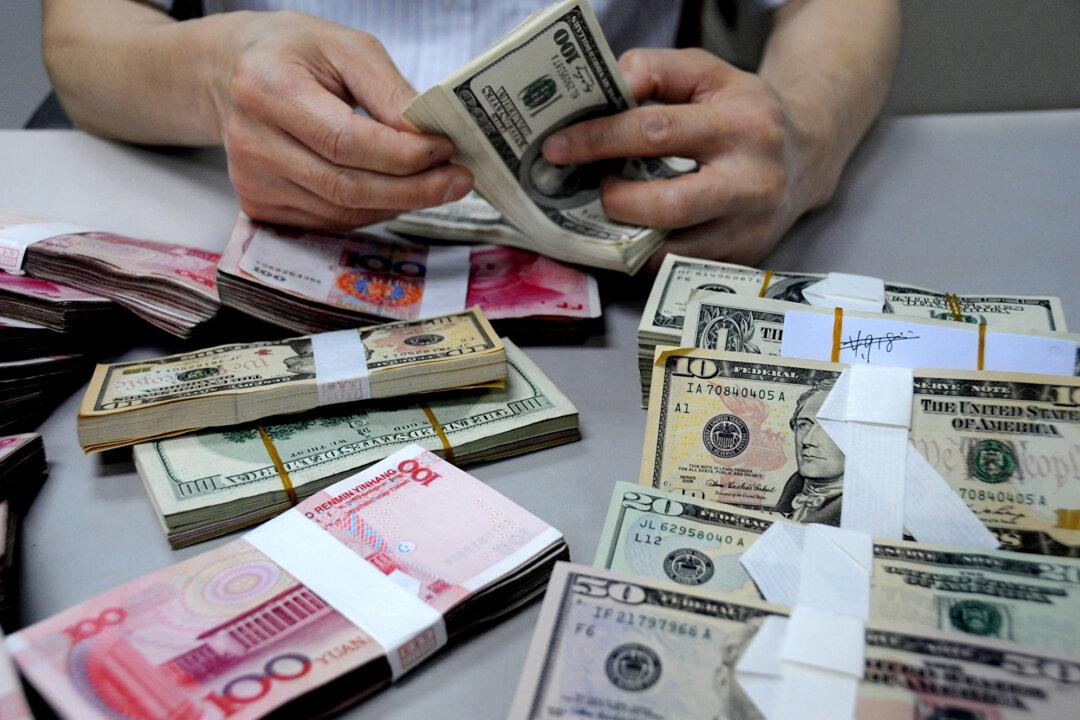Since Sri Lanka announced its bankruptcy, voices in mainland Chinese news media have been scrambling to propose solutions on how to recover billions in investments that the Chinese Communist Party (CCP) loaned to the country through its Belt and Road Initiative, aimed at expanding the communist regime’s infrastructure projects overseas.
Sri Lanka, once known as the “Pearl of the Indian Ocean,” declared bankruptcy on July 5. The country’s economy has collapsed amid severe inflation, depleted foreign exchange reserves, and scarce civilian resources, triggering a food, electricity, and fuel crisis.





